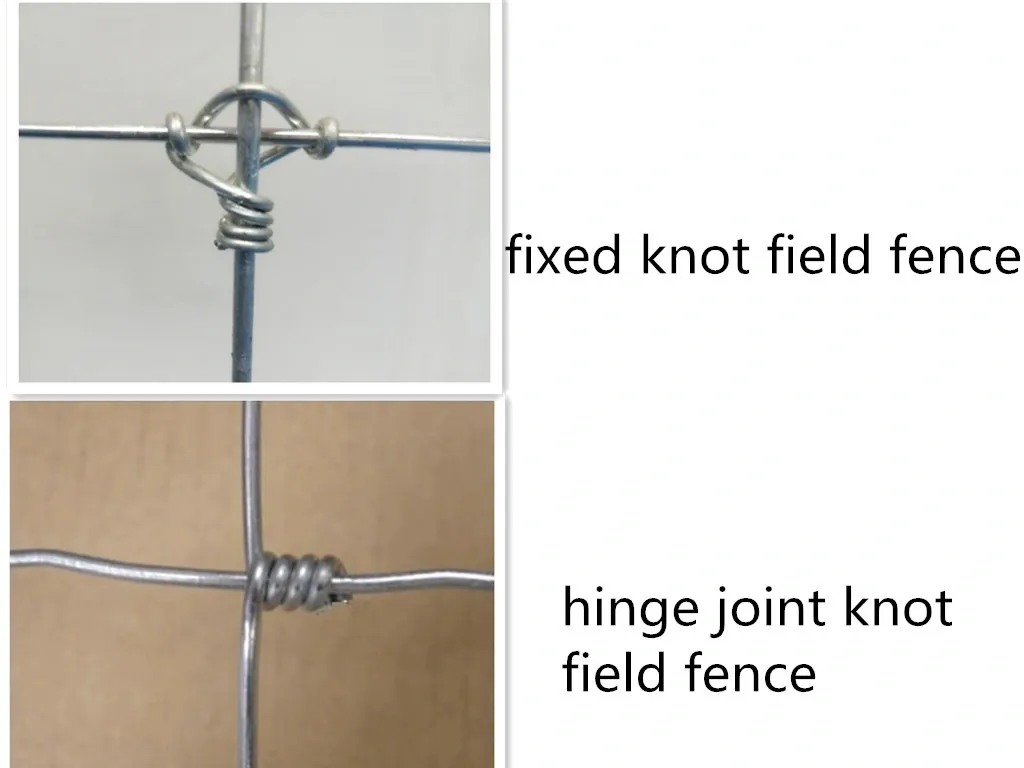
- Afrikaans
- Albanian
- Arabic
- Armenian
- Azerbaijani
- Basque
- Belarusian
- Bengali
- Bosnian
- Bulgarian
- Croatian
- Czech
- Danish
- Dutch
- English
- Esperanto
- Estonian
- Finnish
- French
- Galician
- Georgian
- German
- Greek
- hawaiian
- Hindi
- Hungarian
- Indonesian
- irish
- Italian
- Lao
- Latvian
- Lithuanian
- Luxembourgish
- Macedonian
- Maltese
- Myanmar
- Norwegian
- Polish
- Portuguese
- Romanian
- Russian
- Serbian
- Slovak
- Somali
- Spanish
- Swedish
- Thai
- Turkish
- Turkmen
- Vietnamese
नवम्बर . 27, 2024 03:57 Back to list
Effective Solutions for Temporary Stock Fencing in Livestock Management and Agricultural Practices
The Importance of Temporary Stock Fencing for Livestock Management
In the world of agriculture, particularly in livestock management, staying adaptable and efficient is crucial. One tool that has gained significant attention in recent years is temporary stock fencing. This innovative solution offers farmers and ranchers the flexibility needed to manage their animals effectively while minimizing costs and labor involved in traditional fencing methods.
Understanding Temporary Stock Fencing
Temporary stock fencing refers to portable barriers designed to contain livestock in a designated area for a limited time. Unlike permanent fencing, which can be costly and labor-intensive to install, temporary fences can be easily set up, moved, and dismantled as needed. This versatility makes them an indispensable asset for farmers who require dynamic solutions for grazing management.
Benefits of Temporary Stock Fencing
1. Flexibility and Adaptability Temporary stock fencing allows livestock owners to create new grazing areas, rotate pastures, and manage forage effectively. By rotating animals between different grazing areas, farmers can prevent overgrazing and ensure that pastures have time to recover. This practice not only promotes healthier grazing conditions but also enhances soil health by allowing plants to regenerate.
2. Cost-Effectiveness Installing permanent fencing can represent a significant financial investment for farmers. Temporary fencing, on the other hand, is typically more affordable and requires less initial outlay. This cost-effective solution enables farmers to allocate their resources toward other critical aspects of their operations, such as feed and veterinary care.
3. Ease of Installation and Use Temporary stock fencing is designed for quick setup and takedown. Many systems feature lightweight materials, such as polywire, electric netting, or portable panels that can be easily transported and assembled by one or two people. This ease of use means that farmers can spend more time managing their livestock rather than wrestling with complicated fencing installations.
4. Enhanced Livestock Management By using temporary fencing, farmers can implement practices such as strip grazing, which confines animals to a smaller area to graze intensively for a short period. This method not only helps in nutrient cycling and improving pasture quality but also reduces the likelihood of disease transmission among livestock by limiting the spread across vast areas.
temporary stock fencing

5. Environmental Benefits Utilizing temporary fencing contributes to sustainable agricultural practices. By allowing for better management of grazing, farmers can help maintain biodiversity within their pastures, promote healthy plant growth, and reduce soil erosion. This environmentally friendly approach ultimately supports the long-term viability of agriculture.
Best Practices for Using Temporary Stock Fencing
While temporary stock fencing offers many advantages, maximizing its effectiveness requires careful planning and management. Here are some best practices to consider
- Regular Monitoring Ensure that the temporary fence is checked regularly to maintain its integrity and adjust as needed. Livestock can be surprisingly adept at finding weaknesses in fencing, so vigilance is crucial.
- Choose the Right Materials Select fencing materials that suit your specific livestock and terrain. Electric fencing, for instance, can be an excellent choice for high-energy animals like cattle, while lighter netting may be best for smaller livestock such as sheep and goats.
- Incorporate Smart Rotation Strategies Plan a grazing rotation system that optimally utilizes available forage while minimizing land degradation. This not only promotes healthy pasture but also enhances livestock productivity.
- Educate Yourself and Your Team Invest in knowledge about temporary fencing solutions, and train your team on best practices for installation and management to ensure successful implementation.
Conclusion
Temporary stock fencing is an essential tool in modern livestock management. Its flexibility, cost-effectiveness, and low maintenance requirements make it an attractive option for farmers looking to improve their operations. By adopting best practices and carefully managing grazing strategies, livestock owners can promote sustainability while driving productivity on their farms. As the agricultural landscape continues to evolve, adapting to innovative solutions like temporary stock fencing will be vital for future success in the industry.
-
Your Ultimate Solution for Australian Temporary Fencing
NewsMay.14,2025
-
The Ultimate Guide to Crowd Control Barriers: Secure Your Events with Ease
NewsMay.14,2025
-
Secure Your Livestock with High-Quality Livestock Fence Panels
NewsMay.14,2025
-
Enhance Your Livestock Management with Top-Quality Cattle Fences
NewsMay.14,2025
-
Enhance Security and Safety with Temporary Fencing Solutions
NewsMay.14,2025
-
Corral Gates
NewsMay.14,2025









